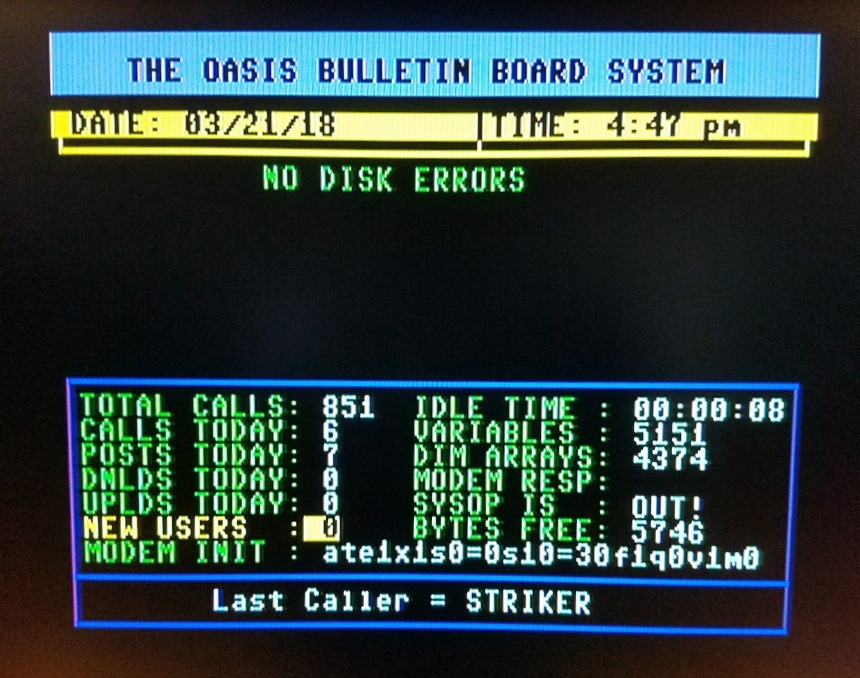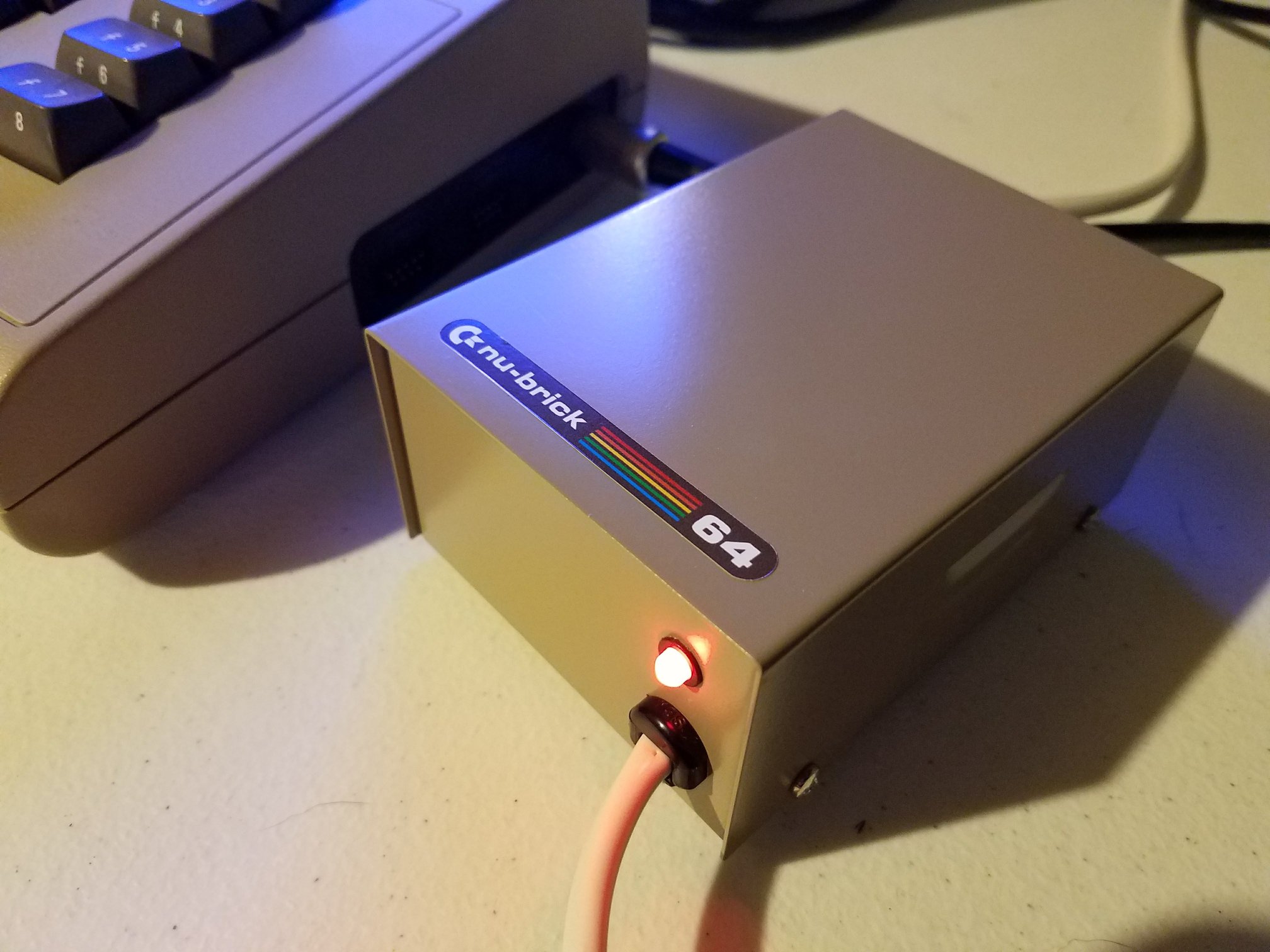In a clever twist on retro programming, 8-Bit Show & Tell tackles the Chessboard Color Challenge using classic Commodore 64 BASIC. This challenge, sourced from Stack Exchange’s Code Golf section, tasks programmers with writing the shortest possible code to determine whether a chessboard square—like “A1” or “G6″—is dark or light.
The Chessboard Color Challenge provides a perfect excuse to bring out some old-school coding tricks. Robin begins with a readable BASIC version, mapping chess coordinates to numeric X/Y values. Using the well-known rule—if the sum of row and column is even, the square is dark—he creates a functional program that gets the job done.
Then the real fun begins.
Robin dives into optimization mode, shrinking his code line by line. He eliminates IF/THEN statements and replaces them with a clever use of MID$, extracting “dark” or “light” from a string using just one calculated value. This move not only shortens the program but makes it surprisingly elegant.
Next, he pushes BASIC to its minimalist limits. By applying abbreviations and character-saving techniques, Robin slims the code down to just 57 characters. That’s a serious accomplishment in a verbose language like Commodore BASIC.
To cap it off, he compares the C64 solution to entries in Python, C, and Java. His conclusion? Commodore BASIC still beats Java in sheer code brevity. Naturally, he delivers all of this with his usual mix of charm, clarity, and vintage flair.
For fans of programming puzzles and retro computing, this episode offers both nostalgia and brain-teasing fun. The Chessboard Color Challenge proves that even 8-bit BASIC still has moves to make on the digital chessboard.







